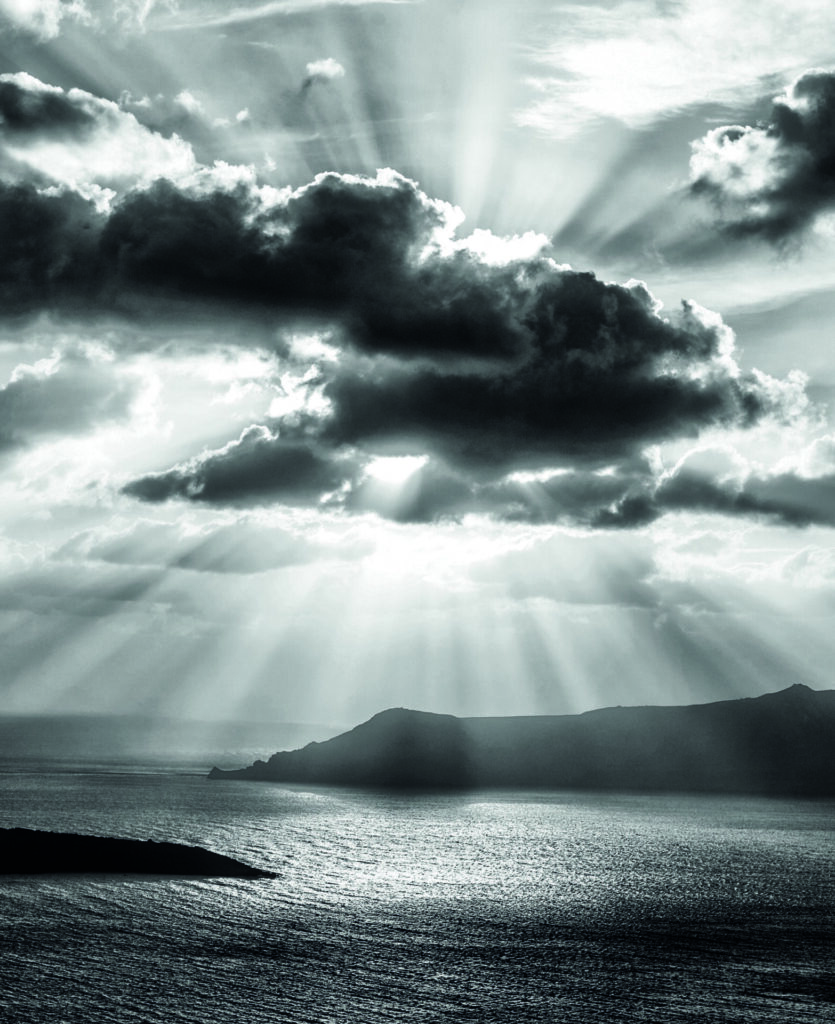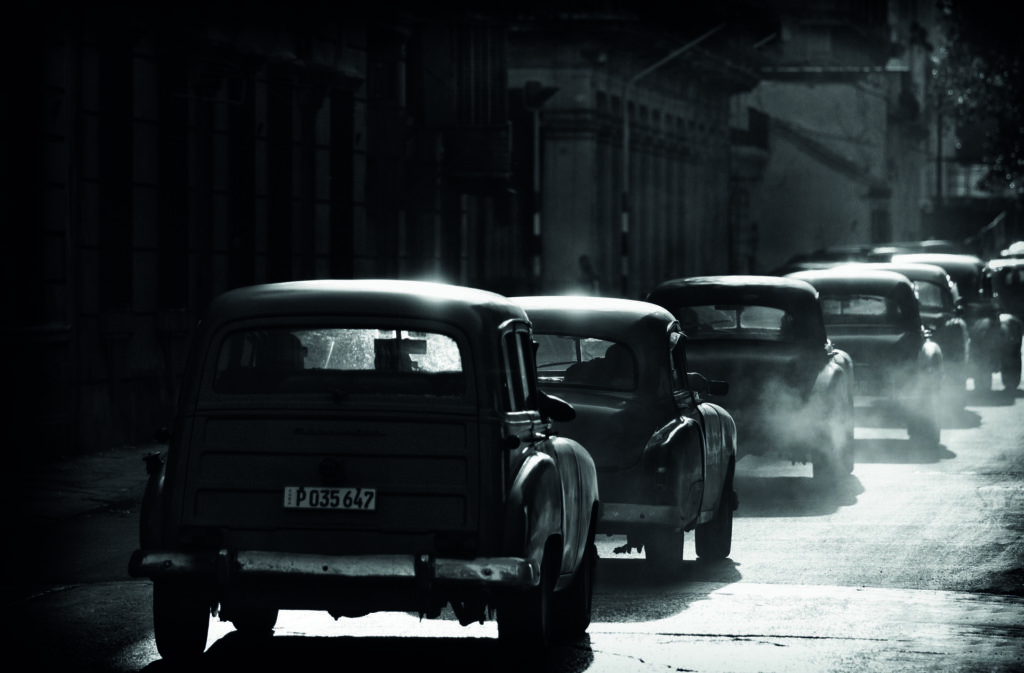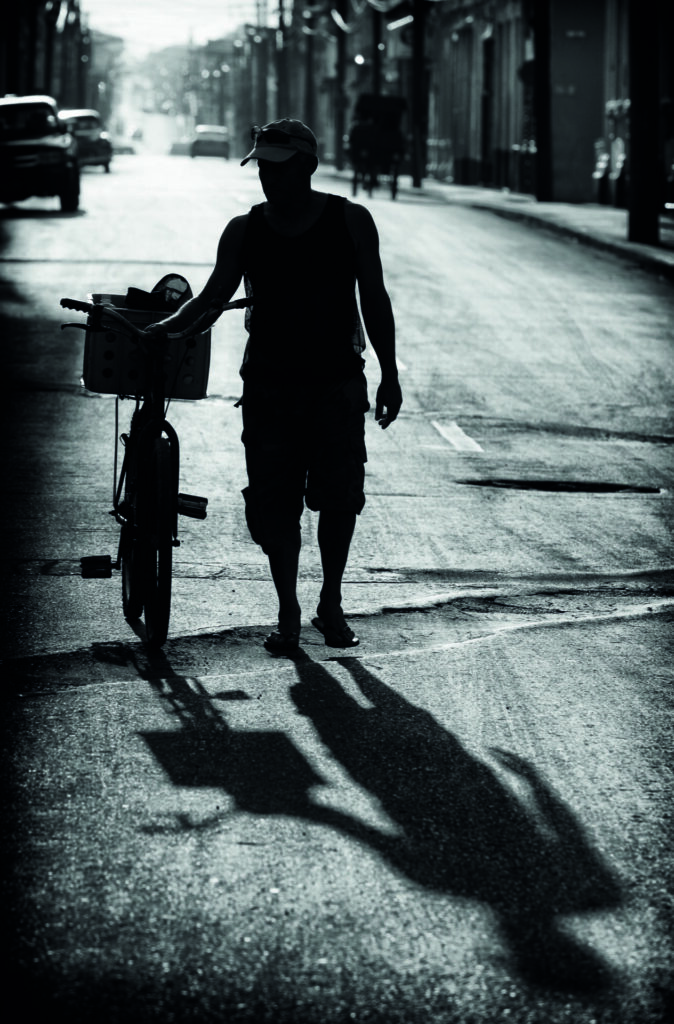في الضوء
Into the light
هل تريد إضافة تأثير إلى صورك أحادية اللون؟ حاول توجيه الكاميرا نحو الشمس بدلاً من توجيهها بعيدًا عنها. يقدم لي فروست أفضل نصائحه لإنشاء لقطات رائعة من خلال التصوير في وضع معاكس.
Want to add impact to your monochrome images? Try pointing your camera at the sun instead of away from it. Lee Frost offers his top tips for creating great shots by shooting contre-jour.
All images © Lee Frost

Image: Fira, Santorini, Greece
Into the light
هل تريد إضافة تأثير إلى صورك أحادية اللون؟ حاول توجيه الكاميرا نحو الشمس بدلاً من توجيهها بعيدًا عنها. يقدم لي فروست أفضل نصائحه لإنشاء لقطات رائعة من خلال التصوير في وضع معاكس.
Want to add impact to your monochrome images? Try pointing your camera at the sun instead of away from it. Lee Frost offers his top tips for creating great shots by shooting contre-jour.
All images © Lee Frost

Image: Fira, Santorini, Greece



تعليق